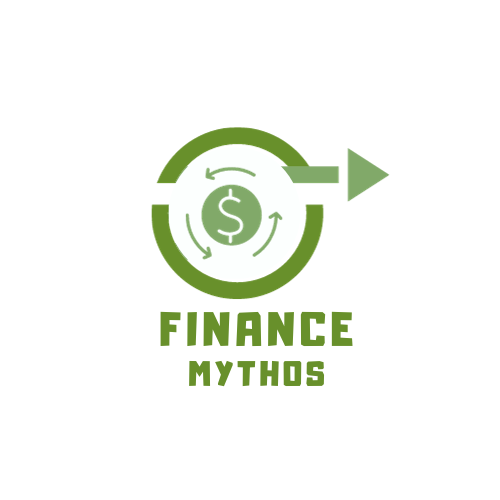Table of Contents
ToggleBybit Breach: What Happened, User Actions, and How to Secure Your Crypto Assets
The recent Bybit breach has left many users concerned about the safety of their crypto assets. In this article, we will explore what happened during the breach, what actions users should take, the measures Bybit is implementing, and how to secure your crypto assets. Additionally, we’ll provide tips on recognizing phishing attempts to protect your information.
What Happened in the Bybit Breach?
Bybit, a popular cryptocurrency exchange, recently experienced a significant security breach. Hackers managed to steal approximately $1.4 billion worth of ETH-related tokens. Despite the breach, Bybit has confirmed that withdrawals remain active, although some users may experience delays due to network congestion.
What Should Users Do After the Breach?
If you are a Bybit user, here are some immediate steps you should take:
- Change Passwords: Update your passwords for your exchange account and any associated email accounts.
- Enable Two-Factor Authentication (2FA): Add an extra layer of security to your accounts.
- Monitor Your Accounts: Keep a close eye on your account activity for any unauthorized transactions.
- Withdraw Funds: Consider withdrawing your funds to a secure wallet, preferably a hardware wallet.
- Stay Informed: Follow official updates from Bybit to stay informed about the breach and any recommended actions.
Measures Bybit is Taking
Bybit is taking several measures to address the breach and enhance security:
- Investigating the Breach: Conducting a thorough investigation to understand how the breach occurred.
- Enhancing Security Protocols: Implementing additional security measures to prevent future breaches.
- Compensating Affected Users: Working on a compensation plan for users who lost funds.
- Collaborating with Authorities: Cooperating with law enforcement agencies to track down the hackers.
- Communicating with Users: Providing regular updates to users about the status of the investigation.
How to Secure Your Crypto Assets
To secure your cryptocurrency assets, consider the following best practices:
- Use Hardware Wallets: Store your cryptocurrencies in hardware wallets, which are offline and less susceptible to hacking.
- Enable 2FA: Always enable two-factor authentication on your exchange accounts and wallets.
- Use Strong, Unique Passwords: Create strong, unique passwords for each of your accounts.
- Be Cautious with Phishing: Be wary of phishing attempts. Always verify the authenticity of emails and links before clicking on them.
- Regularly Update Software: Keep your wallet software and any related applications up to date.
How to Recognize Phishing Attempts
Recognizing phishing attempts is crucial for protecting your personal and financial information. Here are some common signs and tips:
- Urgent or Threatening Language: Phishing messages often create a sense of urgency or fear.
- Generic Greetings: Phishing emails may use generic greetings like “Dear Customer.”
- Suspicious Links: Hover over links to see the actual URL. Phishing links often look similar to legitimate websites.
- Unexpected Attachments: Be cautious of unexpected email attachments.
- Requests for Personal Information: Legitimate companies will never ask for sensitive information via email.
- Poor Grammar and Spelling: Many phishing emails contain spelling mistakes and poor grammar.
By understanding the details of the Bybit breach, taking appropriate user actions, and following best practices to secure your crypto assets, you can protect yourself from potential threats. Stay vigilant and informed to ensure the safety of your digital assets.

Jugaad on Two Wheels: The Hilarious Bike Parcel Hack in Karnataka
The Great Karnataka Bike Parcel Hack: A Jugaad Masterclass #RapidoParcel: In a creative yet controversial move, ride-hailing platform Rapido has found a way around Karnataka’s

Denmark’s Digital Sovereignty Revolution: Linux and LibreOffice Lead the Way
Introduction to Denmark’s Bold Move In June 2025, Denmark’s Ministry of Digital Affairs made headlines by embracing digital sovereignty, ditching Microsoft Windows and Office 365

🏏Sports as a Business Strategy: Insights from Vijay Mallya’s RCB Ownership
🧠 Sports as a Business Strategy (Tool) In modern business, few platforms offer better engagement and emotional connection than sports. From football clubs in Europe

🙏 Apologies in Leadership: Vijay Mallya Public Apology
🧠 Introduction: The Role of Apologies in Leadership In the corporate world, apologies aren’t signs of weakness—they’re strategic acts of leadership. When made with sincerity

Audiobook Production Costs: Navigating Recording Artists, Studio Expenses, and AI’s Impact
The audiobook industry is booming, with over 130 million listeners in the U.S. alone in 2021 and a growing global appetite for audio content. Producing

Media Trial of Vijay Mallya: How Public Perception Shaped Vijay Mallya’s Legacy
Introduction: Media’s Influence on Business Narratives In today’s hyper-connected world, media narratives can make or break a business reputation. For Vijay Mallya, once known as

